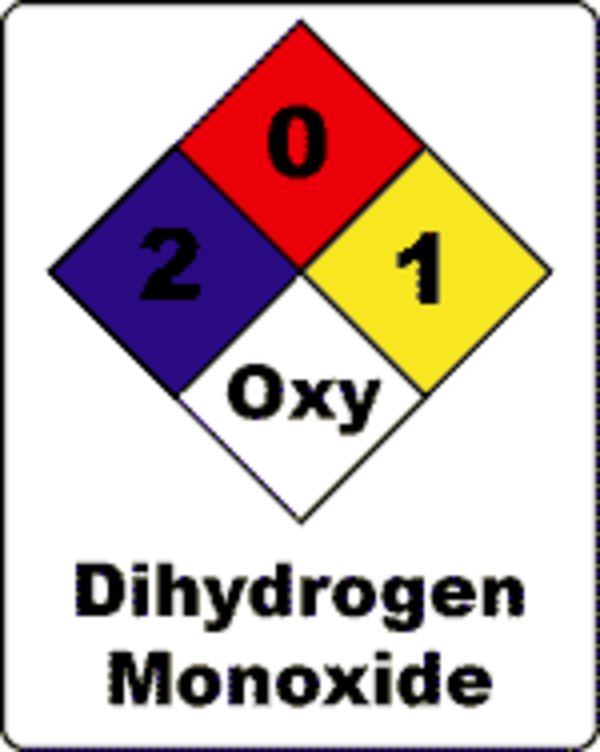I’ve had this Dell Inspiron 15 7510 for a couple of years now. It has an Intel Core i7-11800H (8C/16T) and an RTX 3050 Mobile (4gb) and 16GB of RAM with a 512GB NVME SSD. It’s served me well but it’s been really niggling me as of late:
- The i7 runs HOT for whatever reason and the fans will go loud because of this, while doing light work (it’s doing it right now and I’ve only got FF open).
- The plastic that holds the hinge in place finally snapped so I need to replace the entire top lid.
- The battery will only last for 2Hrs (and that’s as long as it has ever lasted)
- F*ck NVIDIA on Linux
Whatever I decide to do I’m going to need to replace that lid.
Is it worth trying to sell it (after repairing it) and using that to offset a Framework laptop (which might be cheaper in the long run)? Or should I just keep using it for the next couple of years to get full value from it?
I don’t need a really powerful laptop anymore since I’ve bought a Dell (I know right) T7910 second hand which I’ve upgraded to 64GB of RAM and an RX Vega 56 which is more than enough for any of my gaming and high performance computing needs (I study Computational Science and Physics at university). The main thing that matters is Linux compatibility

Couple of other thing I haven’t seen mentioned.
If it’s anything like my Dell, the cooling system is shared between cpu & gpu. Anything you do to reduce one helps the other
Turn off turbo boost. Nothing helped my temps more or was simpler than disabling this. Usually an option in BIOS. These machines don’t have the cooling capability to run at Turbo frequencies for long, and I noticed little real world performance differences. All it does is spike temperatures and keep them high, which causes fans to run etc. It also stopped the coil whine I had lol Edit: Just looked at your Performance screenshot. See the usage at 3%, but clock speed at 4.39GHz? That’s Turbo Boost. Who needs 4.39GHz for 3% utilization? It’s stupid. Turn it off and you probably won’t even notice the fact that it’s now running at a max of 2.30GHz
Undervolt. This can reduce temperatures significantly without impacting performance. Cpu and gpu may be able to be undervolted. Big fan of throttlestop on windows and undervolt on linux if you can’t do it in your BIOS. These are on all my machines from day 1. Also run MSI afterburner for undervolting gpu on windows for gaming etc. I didn’t look into undervolting gpu on linux because I did the next bullet below
Disable discrete graphics, and use cpu graphics. If you don’t need gpu for crunching graphics etc, and your cpu has graphics capability, then turn it off. Doing this in linux saved me 5-10C.
sudo prime-select intelis your friend. If you need it, you can re-enable it, and it just requires a reboot.The nvidia driver was a lot more power efficient than the nouveau open source driver, but I haven’t followed that for years…
All the above will help battery life too 😉
Dell Power Manager. Dunno if your laptop is supported, but it has thermal management/fan profiles. Maybe similar settings are available via BIOS
Temperatures may have gotten worse because of heat cycling and shitty thermal pasting that Dell’s are notorious for. Never repasted my machine because it would have required a complete disassembly. Maybe check if yours is easy, or see how much a shop would charge.
Vitals is my favourite gnome extension to monitor temperatures and CPU frequency/usage.
For comparision, after doing the above, my G15 normally idled/light work, eg web browsing etc at high 30s/low 40s on linux. Eventually Dell released a BIOS that thermally restricted max temps to 70C and supported Dell Power Manager. But I really don’t want to go into the BIOS rubbish that went on. It’s not good for my blood pressure.
Thanks, I’ll try and work through these at some point. Undervolting seems like the way to go.
Anything below 55 is unheard of on this computer